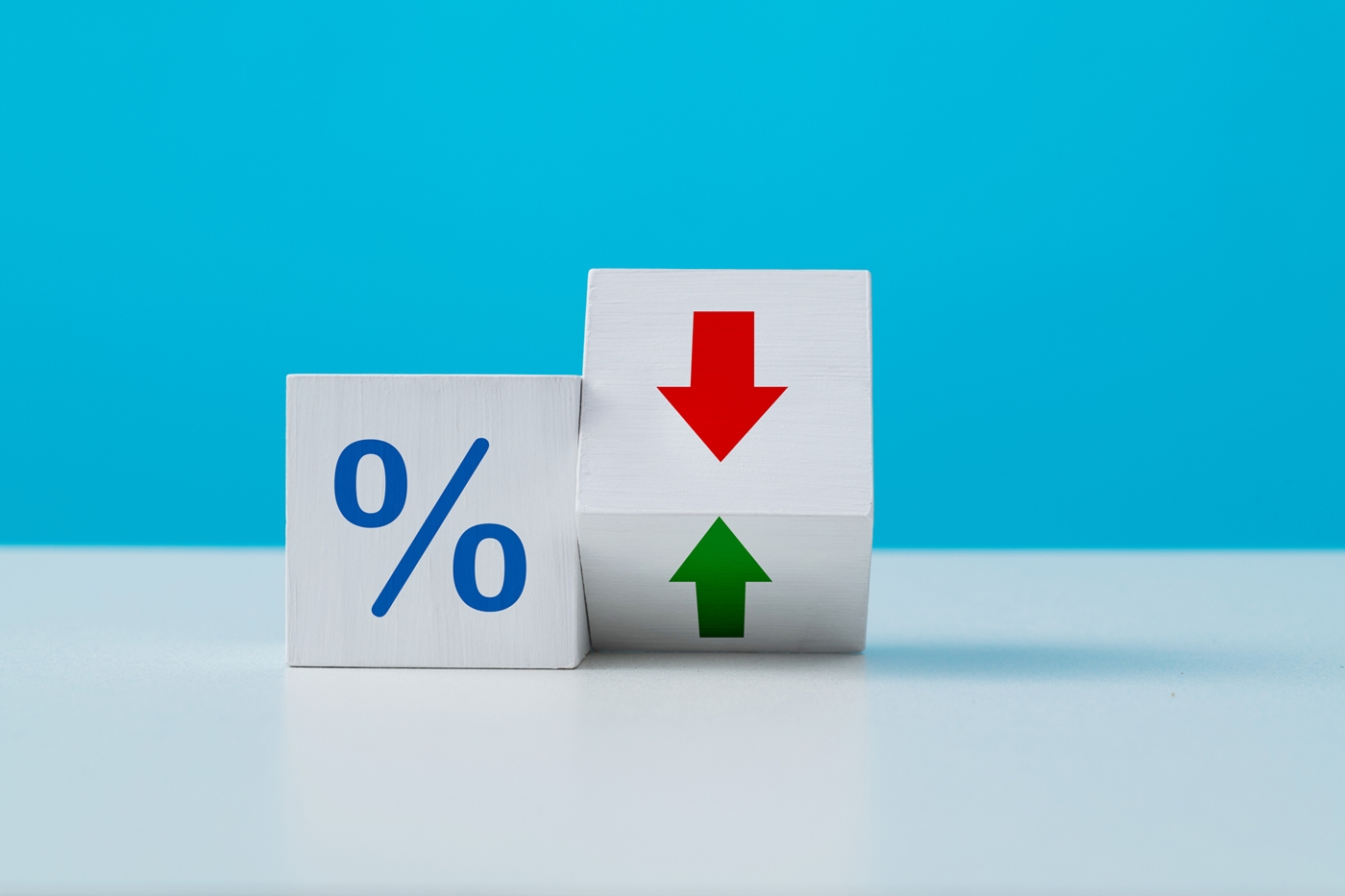If CIBC economists are correct, the Bank of Canada’s expected rate hike next week will be its last of this rate-hike cycle.
In a report published last week, economists Benjamin Tal and Karyne Charbonneau say they expect the Bank of Canada to hike another 75 bps next week, and will then call it a day, leaving the overnight target rate at 3.25% “for the duration of 2023.”
They also see the 5-year bond yield averaging 2.45% in 2022 and 2.3% in 2023, which they say translates to close to $19 billion of additional debt payments this year.
“…out of the total household debt of $2.7 trillion, close to $650 billion (24%) face an actual increase in interest payment this year,” they wrote. “The real show is happening now. A generation of Canadians who have never experienced high borrowing costs is now being tested.”
They argue that while interest rates are currently still relatively low by historical standards, “The entire pool of household debt was taken out in a low-interest rate environment.”
“Add to the mix an inflation rate not seen in decades and there is a legitimate reason to be concerned about the ability of the consumer to sustain the economy,” they argue. “The rapid accumulation of mortgage debt in the years prior to the pandemic, and even faster accumulation during the pandemic, suggests that households are more sensitive to higher rates relative to the past.”
The economists suggest that 100 bps of rate tightening today is equivalent to a 150-bps hike in 2004, in terms of the impact on interest payments.
Even so, they write that nearly $300 billion in excess savings over the course of the pandemic will help provide a buffer against higher interest costs, especially considering that excess savings are continuing to grow.
While CIBC doesn’t see any further rate hikes in 2023, it also doesn’t expect the central bank to begin easing rates any sooner than 2024.
“Taken all together, the increased burden of rising rates and the erosion of spending power due to inflation will notably slow consumption, but Canadian households are equipped to keep consumption growing at a rate that should prevent the Bank of Canada from easing policy in 2023,” they say.
TD forecasts a 20-25% “re-calibration” in home prices
In a newly released report, the bank said prices “could” fall 20% to 25% “peak-to-trough, measured from the first quarter of 2022 to the first quarter of 2023.
“Our forecasted decline in national home prices would only partially retrace the 46% run-up over the course of the pandemic,” writes report author Rishi Sondhi. “As such, our forecast can be more aptly described as a re-calibration of the market, instead of something more severe.”
He adds that steeper declines are expected in British Columbia and Ontario, where price gains were strongest, while more “middle-of-the-road retrenchments” are expected in Alberta, Quebec and the Atlantic region. Prices are expected to “hold up” in Manitoba and Saskatchewan.
“Our projected price drop represents an unprecedented decline (at least from the late ’80s onwards, when the data began),” Sondhi added. “However, it follows an equally unprecedented run-up during the pandemic.”
Other banks and analysts have released varying forecasts for peak-to-trough declines, including:
The latest recession forecasts: unavoidable but mild
David Rosenberg, a prominent Bay Street economist, is the latest to suggest Canada will experience a recession as a result of rising interest rates.
“I think a recession is actually unavoidable for the Bank of Canada,” he told BNN Bloomberg in an interview. “It might be desirable to crush inflation because that’s their number one priority right now.”
Predictions of a recession are not new, and were first forecasted by RBC back in early July.
Desjardins is the latest bank to agree, writing in a recent report that real GDP is expected to slow and “ultimately contract” in the first half of 2023.
“However, this economic downturn should be short-lived as the labour market is starting from a strong position and the Bank is expected to start cutting interest rates in the second half of 2023,” it said. “We’re now forecasting a mild recession for Canada in early 2023.”
The Fed’s Powell throws cold water on rate-cut expectations
Looking south of the border—which typically influences rates on this side of the border—Federal Reserve Chair Jerome Powell threw cold water on the idea of premature rate cuts.
“Restoring price stability will likely require maintaining a restrictive policy stance for some time,” he said in a recent speech in Jackson Hole, Wyoming. “The historical record cautions strongly against prematurely loosening policy.”
Powell said the Federal Reserve “must keep at it until the job is done,” in order to avoid a scenario like the “multiple failed attempts to lower inflation [in the 1970s].”
“A lengthy period of very restrictive monetary policy was ultimately needed to stem the high inflation and start the process of getting inflation down to the low and stable levels that were the norm until the spring of last year,” he added. “Our aim is to avoid that [1970s] outcome by acting with resolve now.”
The Bank of Canada rarely deviates from Federal Reserve monetary policy, which gives credence to those expecting higher rates for longer.


